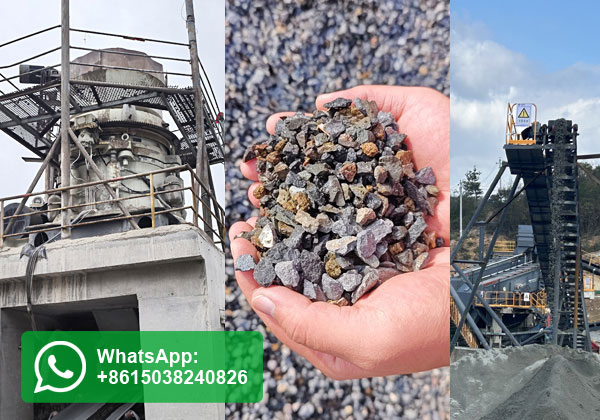A cone crusher is a highly efficient machine used primarily for secondary crushing in mineral processing operations. After the initial stage of crushing—often handled by jaw crushers or gyratory crushers—cone crushers take the pre-crushed material and further reduce it to finer sizes. This type of crusher operates by compressing material between a moving cone (mantle) and a stationary concave (bowl liner). Cone crushers are widely used in the mining, aggregate, and construction industries due to their reliability, high throughput capacity, and ability to produce uniform particle sizes.
The mechanism of operation in a cone crusher revolves around the eccentric motion of the mantle, which crushes material against the concave surface. This design makes cone crushers suitable for hard and abrasive materials such as granite, basalt, iron ore, and copper ore. The adjustable setting of the crusher allows operators to change the size of the output material, making cone crushers versatile and adaptable to different feed sizes and final product requirements. Hydraulic systems are often integrated into modern cone crushers to adjust the settings and protect the crusher from overload conditions.

In secondary crushing applications, the primary role of the cone crusher is to achieve a balanced size reduction without over-crushing the material. This is important because over-crushing can lead to unnecessary fines, which reduce the efficiency of subsequent processing steps such as grinding, screening, and flotation. Cone crushers offer a good compromise between throughput and particle shape, producing well-graded materials suitable for both construction and metallurgical processes.
Another advantage of cone crushers in secondary crushing is their energy efficiency and durability. Compared to impact crushers, cone crushers consume less power per ton of material processed. They also experience less wear and tear, particularly when dealing with abrasive rocks. Many cone crushers are designed with wear-resistant liners that are easy to replace, reducing downtime and maintenance costs. Moreover, innovations such as automation, real-time monitoring, and advanced control systems enhance operational efficiency and reduce human error.
In summary, cone crushers play an essential role in the secondary crushing stage of mineral processing. Their capability to reduce material size efficiently, handle various types of ore, and produce high-quality crushed products makes them a preferred choice in many mining and aggregate operations. By delivering consistent particle size reduction and reliable performance, cone crushers help optimize the entire mineral extraction and processing workflow. As technology evolves, these crushers continue to become more efficient, safer, and easier to maintain, ensuring their relevance and utility in the industry for years to come.
